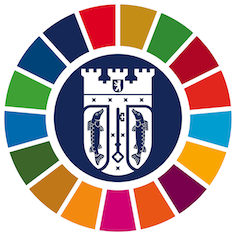In the following, the metadata for the locally available time series for Treptow-Köpenick are provided for the respective indicator.
| Indicator available | |
|---|---|
| Indicator description | |
| Geographical coverage |
Treptow-Köpenick |
| Unit of measurement |
Number of planning areas |
| Definitions | |
| Calculations | |
| Other information | |
| Quality assurance | |
| Comparability with international data/standards | |
| Comments and limitations | |
| Data last updated | 2021-07-16: see changes on GitHub opens in a new window |
| Metadata last updated | 2021-10-11: see changes on GitHub opens in a new window |
| Indicator name |
Relative noise pollution in Treptow-Köpenick (Environmental justice) |
|---|---|
| Indicator number |
3.2.1. |


















